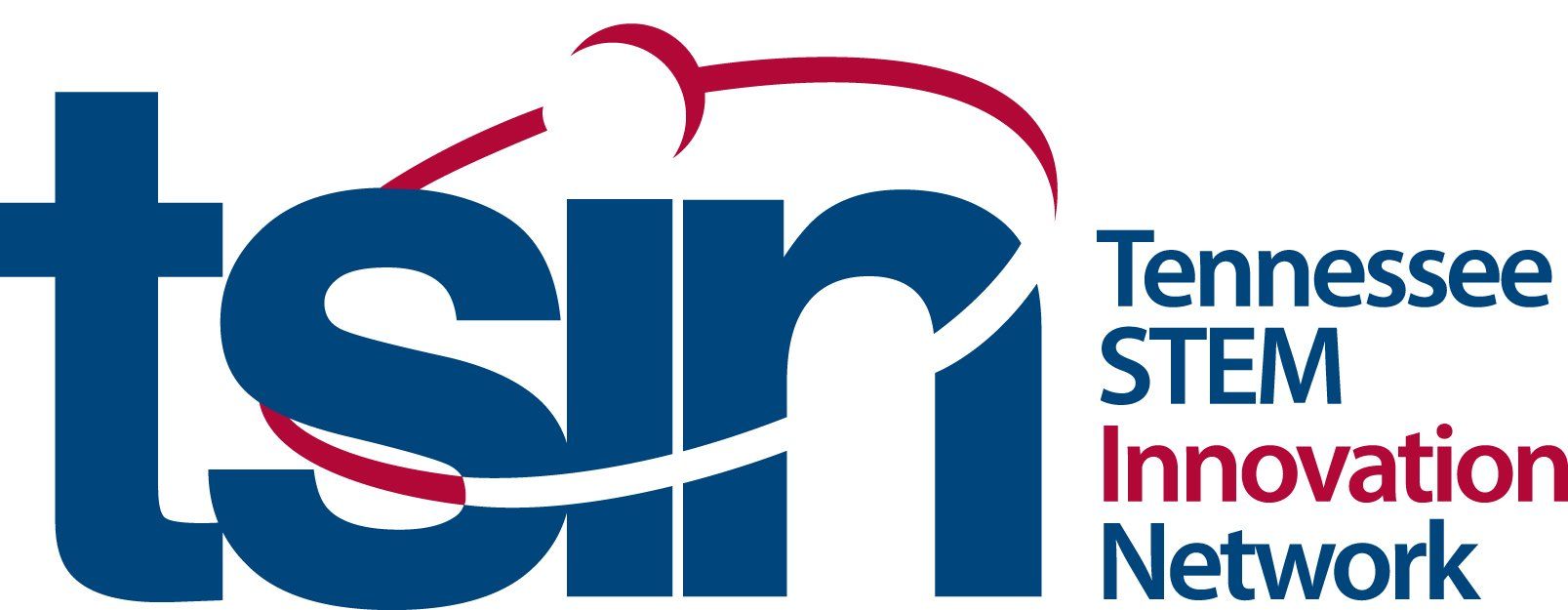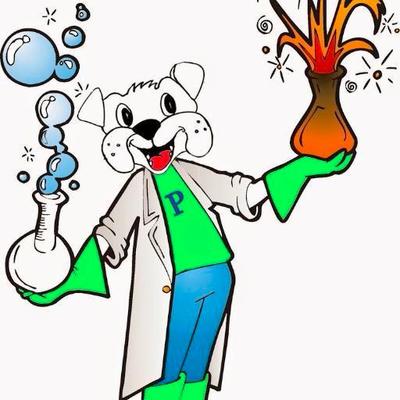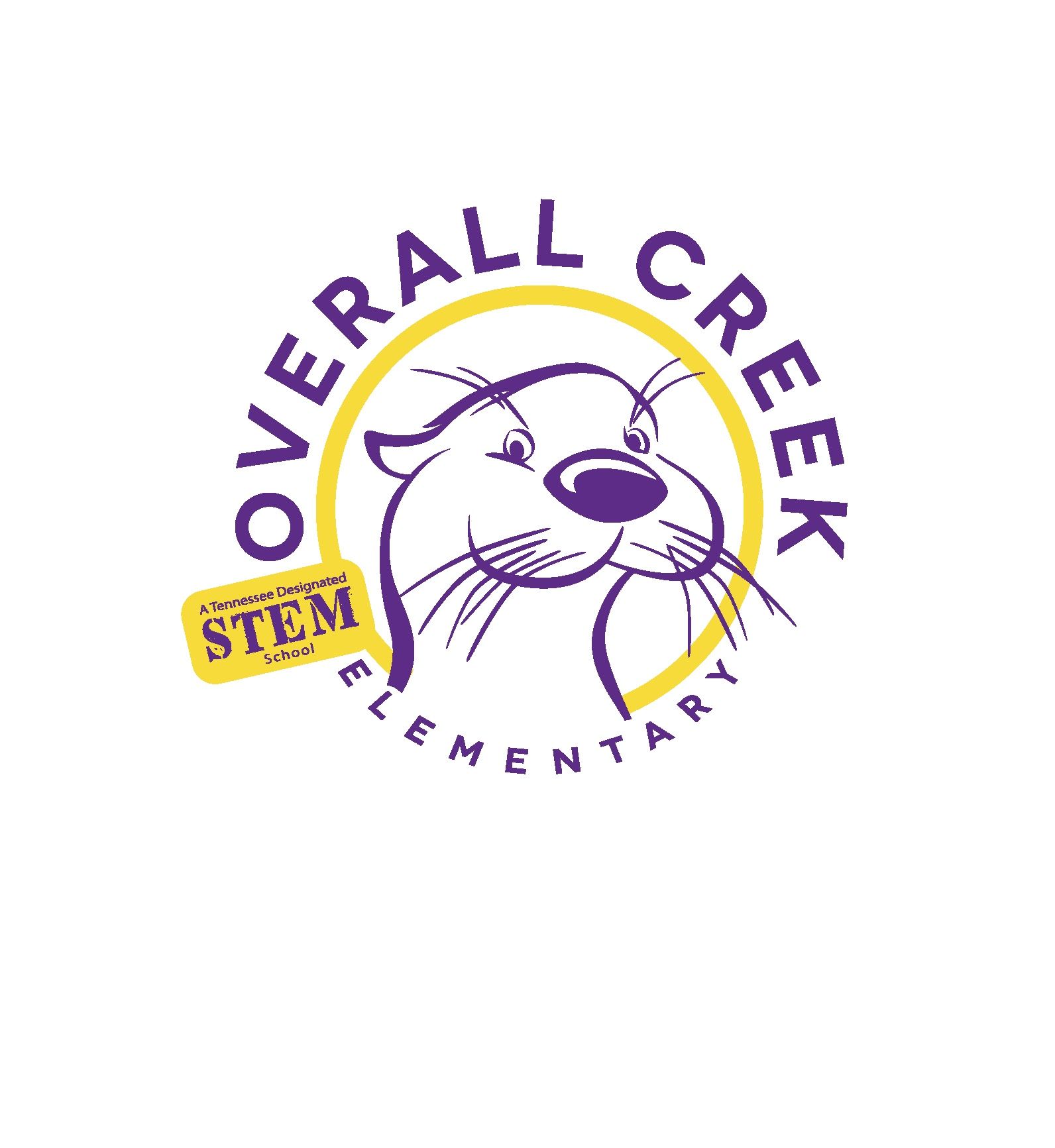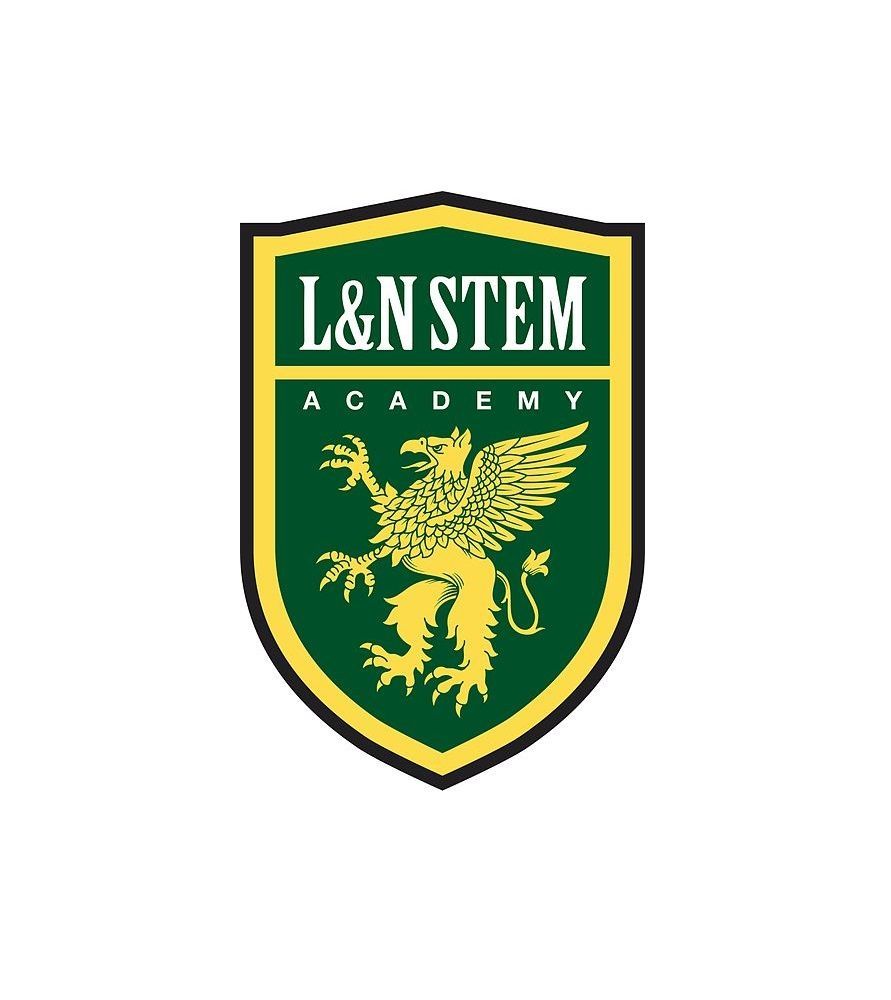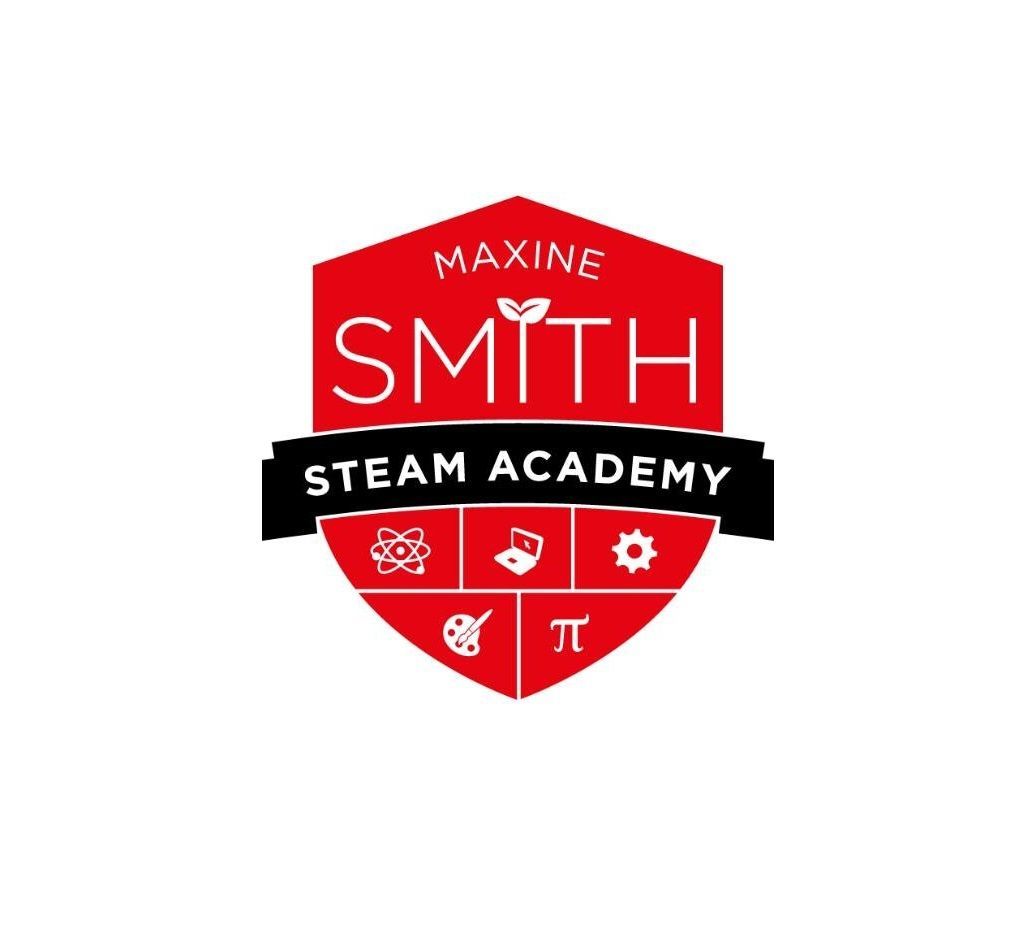Guest Author: STEM-Infusing the Elementary Classroom, Part 1
The Whys and Hows of Elementary STEM-Infusion By Miranda Reagan Teachers today face a unique challenge. The world we live in is changing so rapidly that we have no way of imagining the future we are preparing our students to live in. Gone are the days of teaching and memorizing facts. Our constantly changing lives […]Read more The post Guest Author: STEM-Infusing the Elementary Classroom, Part 1 appeared first on Tennessee STEM Innovation Network.
The Whys and Hows of Elementary STEM-Infusion
By Miranda Reagan
Teachers today face a unique challenge. The world we live in is changing so rapidly that we have no way of imagining the future we are preparing our students to live in. Gone are the days of teaching and memorizing facts. Our constantly changing lives drive a need for students to be able to synthesize, apply, and innovate with information. Teachers are charged with not only preparing our students to live in that unimaginable future society, but to empower them to help engineer it. As daunting as this task seems, STEM-infusion in the elementary classroom is an excellent way to prepare students with the necessary skills to innovate in the 21st century. STEM is an acronym for science, technology, engineering, and math, but to limit it to those four subjects is greatly understating its potential to transform instruction. This is why, at my school, we began talking in terms of STEM-infusion as an instructional model (as opposed to simply STEM as a subject.) STEM is not solely part of our (limited) science instruction time. It is a framework for conceptually integrating all content areas.
STEM-infusion is all about challenging the students to apply knowledge by designing a solution to a real-world problem or scenario. The students use the engineering design process:
- Ask: Students define the question they are trying to answer during the process.
- Imagine: Students brainstorm all possible solutions to the problem and defend each with research-based evidence or background knowledge.
- Plan: Students select the solution with the highest potential for success and decide what steps will need to take place in order to produce it. (This often includes sketching or drawing a blueprint.)
- Create: Students produce their solution. This step can take all different forms, as you will see in some of the examples later.
- Test: Students test their solution and document successes and areas to strengthen.
- Improve: Students discuss what parts of their product need to be improved and why, again demonstrating their understanding of the content. They then use this information to adjust or sometimes completely redesign their solution.
- Communicate results: Students reflect on their learning throughout the project and defend their solutions.
In planning a STEM-infused lesson or unit, my colleagues and I have taken three different approaches:
1. Conceptual approach- With this method, the teacher looks for a cross-cutting concept that could be used to connect the skills that week from all different disciplines. From there, he or she creates a design challenge that practices that skill.
For example, I recently co-taught with a kindergarten teacher who was teaching cause and effect as her “text skill” in the reading series that week. Her math skill was understanding that taking a number apart makes it smaller (foundation for subtraction). We decided to use cause and effect as a theme across both disciplines that week. The students read a story about ten turtles that jump off a log one by one in their basal and then we used that same idea to introduce cause and effect in math using a pan balance. Throughout the week, as students practiced their reading and math lessons, causes and effects were discussed in every lesson and context. At the end of the week, the students were challenged to design a balance out of recycled materials using cause and effect examples in their team discussions. They had to prove the balance worked by verbalizing and modeling math sentences with their creation.
2. Standards-based approach- In this type of lesson, the teacher looks at the standards for all subject areas currently being taught and designs a project that includes all of those concepts.
For example, I had a group of third graders who were learning about area in math, insulators verses conductors in science, and persuasive writing in ELA. I challenged the students to redesign a standard birdbath in order to keep its water from freezing as quickly in the winter. (They were not allowed to use electricity or any form of fire.) The students tested various materials then applied their understanding of insulators to decide what type of material to make their birdbath from. They also discovered that by reducing the surface area of the birdbath, it could hold the same amount of water but the insulator would protect more of the water and less would be exposed to the cold air at the surface. The students posted their designs online along with a sales pitch defending their design.
3. Thematic approach- Some teachers create a design challenge that relates to the story in their basal each week. They still teach phonics, grammar, and reading with the research-based best practices, but then enrich their lessons with a STEM block (maybe 30 minutes a day.) The kids move through the engineering design process throughout the week and present their design solution at the end of the week. They also use themes from the story that week in their approach to math instructions with regards to designing word problems and/or math tasks.
For example, my first grade team recently read a story in which a little boy and his dog get into trouble and his mother puts the dog outside. They were also working on subtraction within twenty in math that week. The students were challenged to design an outdoor living area for the dog. The teachers provided a budget sheet that offered two or three options for all of the items the dog might need along with twenty unifix cubes. The students used their cubes to budget for the items they wanted to put in the dogs living space. After creating their budget, the students consulted with their financial advisor (the teacher) to defend the upgrades and sacrifices they made with their budget to make sure all of the dog’s needs were met. After making any necessary modifications, the students used drawing software to create an image of the space they designed.
When we began to use STEM-integration in our classrooms, we had no idea how well it would enhance students’ understanding of all content areas. (In fact, every one of our STEM-infused classrooms showed more than a year’s growth on reading assessments this year.) But even beyond that, we have seen exponential growth in the 21st century skills of critical thinking, collaboration, communication, and creativity.
Guest Author: Miranda Reagan
The post Guest Author: STEM-Infusing the Elementary Classroom, Part 1 appeared first on Tennessee STEM Innovation Network.
